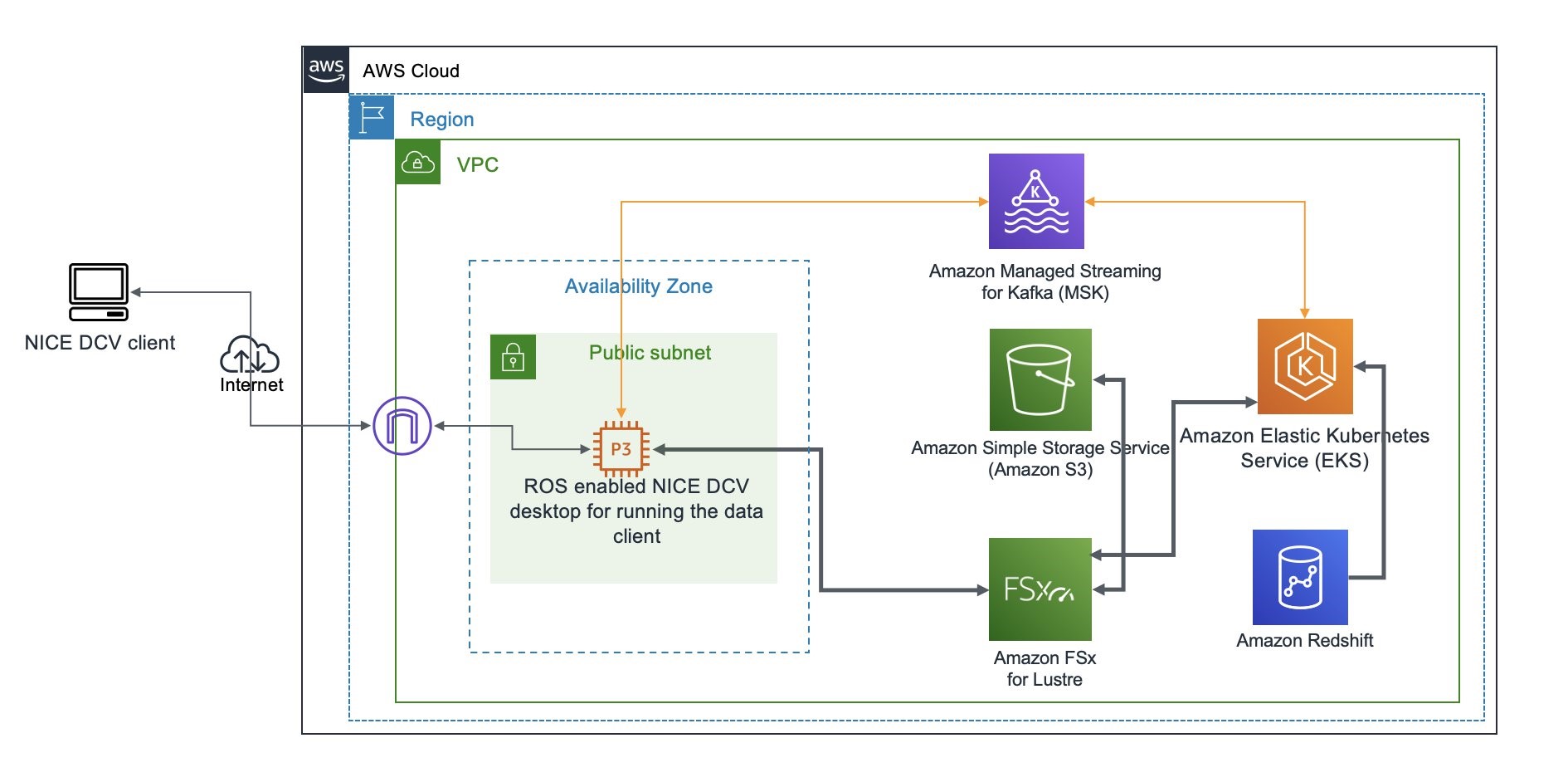AWS Architecture Blog
Category: Amazon Elastic Kubernetes Service
Field Notes: Building a Data Service for Autonomous Driving Systems Development using Amazon EKS
Many aspects of autonomous driving (AD) system development are based on data that capture real-life driving scenarios. Therefore, research and development professionals working on AD systems need to handle an ever-changing array of interesting datasets composed from the real-life driving data. In this blog post, we address a key problem in AD system development, which […]
Disaster Recovery with AWS managed services, Part 1: Single Region
This 3-part blog series discusses disaster recovery (DR) strategies that you can implement to ensure your data is safe and that your workload stays available during a disaster. In Part I, we’ll discuss the single AWS Region/multi-Availability Zone (AZ) DR strategy. The strategy outlined in this blog post addresses how to integrate AWS managed services […]
Migrate your Applications to Containers at Scale
AWS App2Container is a command line tool that you can install on a server to automate the containerization of applications. This simplifies the process of migrating a single server to containers. But if you have a fleet of servers, the process of migrating all of them could be quite time-consuming. In this situation, you can […]
Optimizing Cloud Infrastructure Cost and Performance with Starburst on AWS
Amazon Web Services (AWS) Cloud is elastic, convenient to use, easy to consume, and makes it simple to onboard workloads. Because of this simplicity, the cost associated with onboarding workloads is sometimes overlooked. There is a notion that when an organization moves its workload to the cloud, agility, scalability, performance, and cost issues will disappear. […]
Insights for CTOs: Part 1 – Building and Operating Cloud Applications
In my role as a Senior Solutions Architect, I have spoken to chief technology officers (CTOs) and executive leadership of large enterprises like big banks, software as a service (SaaS) businesses, mid-sized enterprises, and startups. In this series, I share insights gained from various CTOs and engineering leaders during their cloud adoption journeys at their […]
Issues to Avoid When Implementing Serverless Architecture with AWS Lambda
There’s lots of articles and advice on using AWS Lambda. I’d like to show you how to avoid some common issues so you can build the most effective architecture. Technologies emerge and become outdated quickly. So, solutions that may look like the right solution, otherwise known as anti-patterns, can prevent you from building a cost-optimized, […]
IT Resilience Within AWS Cloud, Part II: Architecture and Patterns
In Part I of this two-part blog, we outlined best practices to consider when building resilient applications in hybrid on-premises/cloud environments. We also showed you how to adapt mindsets and organizational culture. In Part II, we’ll provide technical considerations related to architecture and patterns for resilience in AWS Cloud. Considerations on architecture and patterns The […]
LeasePlan Sitecore Implementation with Amazon EKS
LeasePlan is one of the world’s leading car leasing companies, with 1.9 million vehicles in more than 30 countries. They manage the entire lifecycle of their fleet, from purchase and maintenance to the sale of returned lease cars. Sitecore is a leading content management system in the enterprise market. It allows organizations to combine content […]
Field Notes: Running a Stateful Java Service on Amazon EKS
This post was co-authored by Tom Cheung, Cloud Infrastructure Architect, AWS Professional Services and Bastian Klein, Solutions Architect at AWS. Containerization helps to create secure and reproducible runtime environments for applications. Container orchestrators help to run containerized applications by providing extended deployment and scaling capabilities, among others. Because of this, many organizations are installing such […]
Zurich Spain: Managing Millions of Documents with AWS
This post was cowritten with Oscar Gali, Head of Technology and Architecture for GI in Zurich, Spain About Zurich Spain Zurich Spain is part of Zurich Insurance Group (Zurich), known for its financial soundness and solvency. With more than 135 years of history and over 2,000 employees, it is a leading company in the Spanish […]









